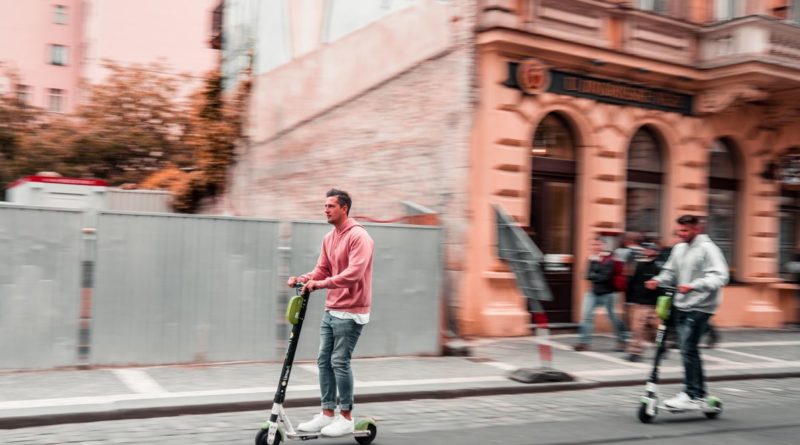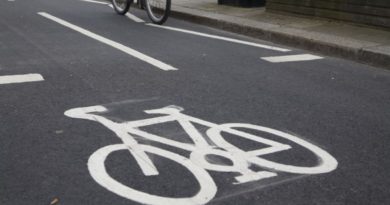UK’s eScooter learnings advance and public sentiment warms
The Department for Transport has published a note updating on its eScooter trial findings, revealing points on safety, where vehicle modal share is changing and a little on how the vehicles are now perceived as communities become used to their presence.
Having commissioned an independent evaluation, via contractors Arup, NatCen and Valtech, of the eScooter trials in July of 2020 that ran to the start of this year, the DfT this month reports that within its study 14.5 million rental eScooter trips were completed by December 2021. The partnerships with rental firms were designed to capture data on usage, safety and design standards, while privately owned usage on the roads and paths remained unlawful.
In what may be seen as a plus point for the economy, a 1.8 million strong survey of users found that between 9 and 225 of the trips made would not have been made without the availability of an electric scooter.
Among the headline findings it was found that where schemes exist there has been a steady increase in the use of the vehicles for practical journeys such as commuting, often coming at the expense of other private vehicle types. Where other transport modes have floundered, the schemes have been successful too in reaching and engaging people from ethnic minority or low income backgrounds.
On the closely watched subject of whether eScooters would cannibalise walking or cycling trips it was found that over the trial period modal shift from walking to scooting dipped sharply (by 20%), indicating that once the novelty has worn off, those who enjoy walking or prefer to save the cash will still walk.
As time has gone on, public perception has too improved with “the majority of residents” now looking upon their use favourably. That said, there are of course still those objecting, primarily in view of usage of eScooters on pavements, which is an all too familiar dialogue for the cycling world where safety concerns and a severe lack of dedicated infrastructure presents users with very little agreeable space to use. Some concerns were likewise expressed on audibility, visibility and acceleration of the vehicles.
However, an interesting finding again related to safety, is the finding that in spending less time on the street women felt the vehicles gave them some safety after dark versus walking.
Within Arup’s assessment of the trials it is written that the average journey length measured 2.2 kilometres (1.3 miles), which sits at a sweet spot for addressing over reliance on motor vehicles which remain dominant (at 60%) even for short journeys. It is a reduction in these trips that could have the greatest impact on overall traffic levels. This has been a target of campaigns from #bikeisbest, among others.



